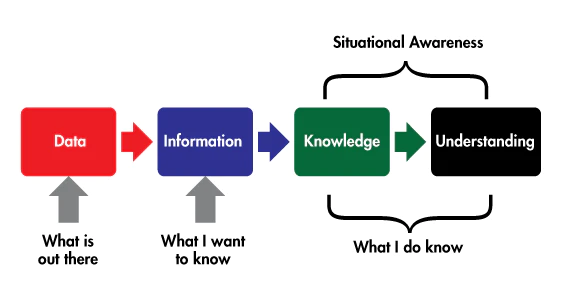
Published in Electronic Design
While several definitions exist for situational awareness and situational understanding, they all share the ideas expressed in the Reconnaissance, Surveillance, and Target Acquisition (RSTA) squadron definitions provided by Major Brad C. Dostal, a military analyst at the U.S. Center for Army Lessons Learned (CALL). Situational awareness is “the ability to maintain a constant, clear mental picture of relevant information and the tactical situation, including friendly and threat situations as well as terrain.""
According to Dostal, situational understanding allows leaders to avoid surprises, make rapid decisions, and choose when and where to conduct engagements, as well as achieve decisive outcomes. It’s “the product of applying analysis and judgment to the unit's situational awareness to determine the relationships of the factors present and form logical conclusions concerning threats to the force or mission accomplishment, opportunities for mission accomplishment, and gaps in information.”
Raw data becomes valuable information that leads to knowledge and understanding (Fig. 1).

1. Raw data must be transformed into valuable information before it can provide the knowledge and understanding essential for establishing situational awareness.
Situational awareness is also a key component in the Observe, Orient, Decide, Act (OODA) loop developed in the mid-20th century by U.S. Air Force Colonel John Boyd, a military strategist. The OODA loop is a four-step approach to decision-making that focuses on filtering available information, putting it in context, and quickly making the most appropriate decision while also understanding that changes can be made as more data becomes available.